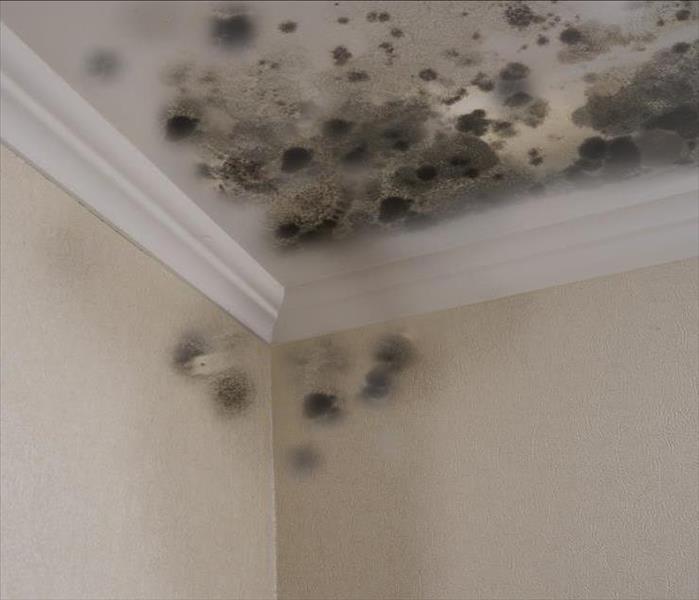Mold Home Testing Kits: How Accurate Are They?
5/22/2023 (Permalink)
 Proper mold testing and remediation should always be done by qualified and experienced professionals.
Proper mold testing and remediation should always be done by qualified and experienced professionals.
Mold is a common issue that can occur in homes and can pose serious risks to the structure. One way to determine the presence of mold in your home is by using a mold home testing kit. These kits are readily available in stores and online, and they claim to provide accurate results. However, it's important to understand the limitations and accuracy of these testing kits before relying solely on their results. In this blog, we will explore how accurate mold home testing kits are and what factors to consider when using them.
Understanding Mold Home Testing Kits
Mold home testing kits typically come with instructions and components for collecting samples from suspected mold-infested areas in your home. The samples are then sent to a laboratory for analysis. The laboratory will provide results indicating the type and concentration of mold present in the samples.
There are two main types of mold home testing kits: surface testing kits and air testing kits. Surface testing kits involve swabbing or tape-lifting samples from surfaces with visible mold growth. Air testing kits involve collecting air samples from the indoor environment to measure the concentration of mold spores in the air.
Factors Affecting Accuracy
Sample Collection: The accuracy of mold home testing kits largely depends on the proper collection of samples. If samples are not collected correctly or from the appropriate areas, the results may not be accurate. It's crucial to follow the instructions provided with the kit carefully and collect samples from areas with visible mold growth or areas where mold is suspected.
Mold Types: Mold home testing kits may not be able to accurately identify all types of mold. Some kits may only detect certain common types of mold, while others may not detect less common or hidden mold species. The accuracy of the results also depends on the sensitivity of the testing method used in the laboratory.
Mold Concentration: The concentration of mold in the samples can also affect the accuracy of the results. Mold home testing kits may provide a rough estimate of mold concentration, but they may not provide precise measurements. The concentration of mold can vary depending on factors such as the location, time of day, and weather conditions.
Laboratory Analysis: The accuracy of mold home testing kits also depends on the quality and reliability of the laboratory performing the analysis. Not all laboratories may use the same testing methods or have the same level of expertise in mold analysis. It's essential to choose a reputable laboratory for accurate results.
False Positives or Negatives: Mold home testing kits may also produce false positives or false negatives. False positives occur when the kit detects mold even if there is no significant mold growth, while false negatives occur when the kit fails to detect mold even if it is present. These inaccuracies can lead to unnecessary worries or overlooking a mold problem.
Mold home testing kits can be a convenient tool for detecting the presence of mold in your home, but their accuracy may vary depending on various factors. It's important to use these kits as a preliminary screening tool and not solely rely on their results. If you suspect a mold problem, it's best to consult with a professional mold inspector or remediation company for a comprehensive assessment and accurate results. Proper mold testing and remediation should always be done by qualified and experienced professionals to ensure the safety of your home and its occupants.



 24/7 Emergency Service
24/7 Emergency Service